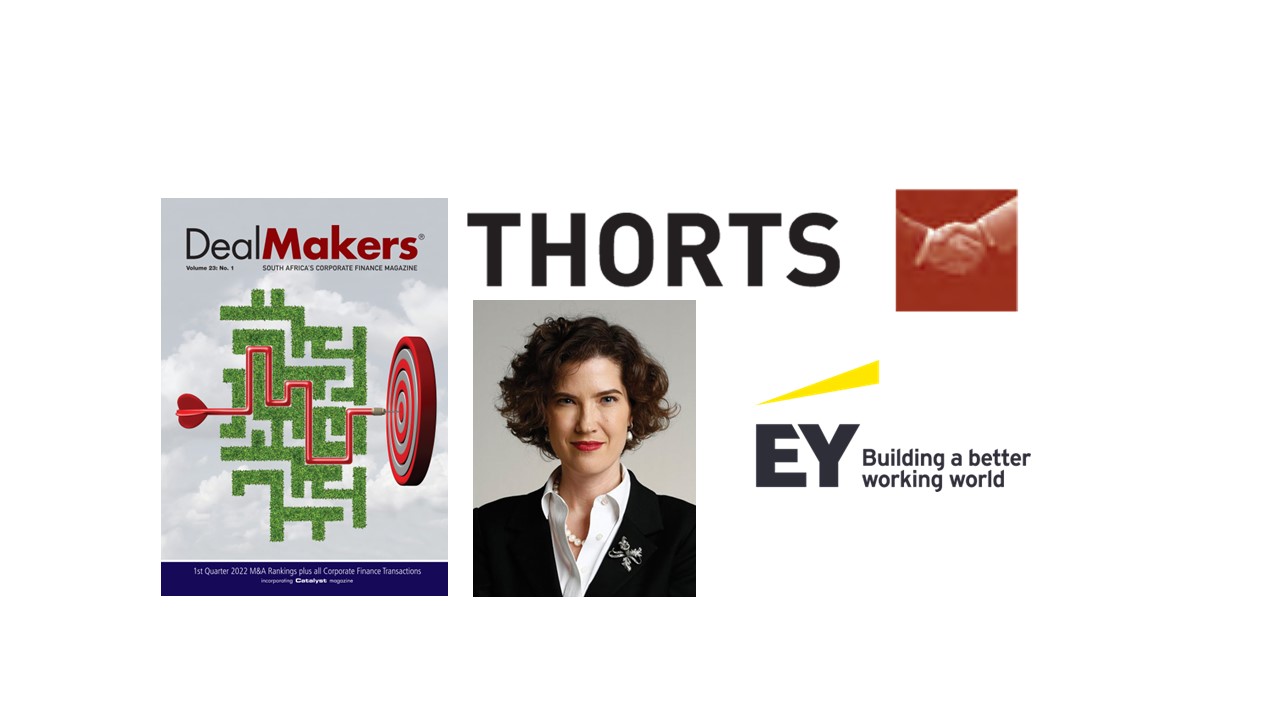Sandra du Toit
Market commentators can sometimes create the impression that successful M&A is the product of a confluence of circumstances that resulted in an asset coming to market, a potential buyer having the appetite and balance sheet to buy it, and advisers – like those reading DealMakers – providing the support and interventions needed to make the deal happen!
M&A, should, however, form part of an integrated and nuanced process of capital allocation as a key driver of corporate value creation. It has to align with the overall corporate strategy of both parties, and consider all uses of capital, including investments, returning capital to shareholders and even divestitures. Sound decisions on the best use of capital evaluate and trade off:
- debt repayment;
- dividends;
- capex;
- share repurchases;
- inorganic growth through acquisitions;
- organic growth; and
- (even) not allocating capital to assets that no longer deliver on strategic objectives.
An effective capital allocation process must therefore be aimed at finding and funding the right mix of assets, considering organic and inorganic growth, and the needs of the stakeholders who provide equity and debt capital.
Against this backdrop, the first fallacy in the notion of M&A being dependent on the right assets coming into the market at the right time, relates to exactly that: the notion of timing as luck. Good capital allocation is done with a number of time horizons in mind, and provides a management team with a flexible model that enables them to take advantage of an asset that comes to market – not because it happens to be in the market, but because it fits into the strategy and has a placeholder in the capital allocated towards growth in that segment. Long-term planning, therefore, has to address the long-term strategic objectives of an organisation – three to five, to ten years out – while short term capital budgeting must speak to a near-term horizon of one to three years.
EY’s model for capital allocation urges our clients to adopt a four-step iterative and ongoing process – not only to allocate capital in the first instance, but to enable management to be responsive to changing market conditions in a disciplined and structured manner, and to be able to clearly assess whether an opportunity that happens to come into the market is indeed opportune.
1. Select appropriate key performance indicators (KPIs)
Deciding how best to allocate capital must be driven by objectives, including financial and broader considerations. EY believes that this is best done in a balanced approach to setting KPIs that enables a company to deliver appropriate financial returns to shareholders, while also achieving other objectives such as maintaining a social license to operate or transitioning to a net zero carbon footprint.
In our experience, clients tend to fixate on financial measures such as IRR and ROCI when evaluating an M&A opportunity, and view other factors such as impact on environmental, social and governance objectives as secondary. We believe that also looking to progress the other KPIs can lead to a richer M&A process in which more broadly diversified investments can accelerate a company’s strategic trajectory.
2. Develop business cases
One of the greatest reasons for failures in M&A specifically, and capital allocation more broadly, is that companies use incomplete and/or inappropriate data to create and support the business case for an investment, or fail to identify and consider all of the risks associated with a project. EY further believes that this data should be captured and presented on a suitable digital platform, in which changes can be made in real time, and scenarios modelled.
If the right set of data for the evaluation of competing capital uses is employed on a consistent basis, companies should have a clearer, risk-weighted and balanced view on how any particular corporate action will enable it to progress towards which aspect of its ultimate corporate objectives. And, again, this should ideally be presented on a digital dashboard that gives its users an easy, visual representation of how a project or M&A opportunity promotes specific KPIs.
3. Accepting, prioritising and approving the allocation of capital
While most companies have governance structures in place to approve the deployment of at least some forms of capital, corporate dynamics, a lack of data and other process shortcomings often undermine the right outcomes.
Our ideal scenario here is one in which management, the investment committee and the board have a clear view of anticipated uses of capital, and how each project or corporate action speaks to corporate KPIs. When an M&A opportunity then presents itself, it can be slotted into a familiar reference framework, and with the trade-off clearly identified.
4. Execution monitoring
Most DealMakers readers will be familiar with the infamous phenomenon of “deal fever”, where completing a transaction becomes the sole objective.
If a company has developed a clear investment case, based on appropriate data, and slotted that deal into its broader capital pipeline (in which each other competing project or application has likewise been based on consistent data), preferably on a suitable digital platform, then it can assess the impact of material market, economic and socio-political changes on the entire pipeline, and not only the opportunity that happens to be under consideration at the time. Armed with this bird’s eye view, those tasked with corporate decision-making can make the rational call on whether to press ahead or pull the plug.
Sandra du Toit is a Corporate Finance Leader | EY Africa
This article first appeared in DealMakers, SA’s quarterly M&A publication
DealMakers is SA’s quarterly M&A publication
www.dealmakerssouthafrica.com



